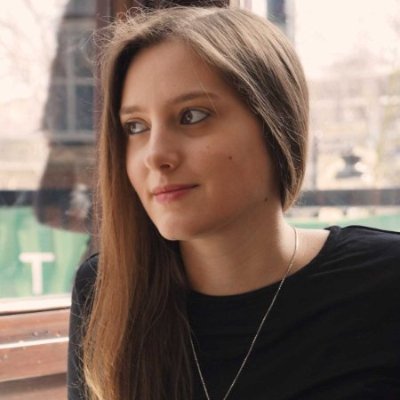True single-photon source boosts secure key rates in quantum key distribution systems

Ingrid Fadelli
contributing writer

Lisa Lock
scientific editor

Robert Egan
associate editor

Quantum key distribution (QKD), a cryptographic technique rooted in quantum physics principles, has shown significant potential for enhancing the security of communications. This technique enables the transmission of encryption keys using quantum states of photons or other particles, which cannot be copied or measured without altering them, making it significantly harder for malicious parties to intercept conversations between two parties while avoiding detection.
As true single-photon sources (SPS) are difficult to produce, most QKD systems developed to date rely on attenuated light sources that mimic single photons, such as low-intensity laser pulses. As these laser pulses can also contain no photons or more than one photon, only approximately 37% of pulses employed by the systems can be used to generate secure keys.
Researchers at the University of Science and Technology of China (USTC) were recently able to overcome this limitation of previously proposed QKD systems, using a true SPS (i.e., a system that can emit only one photon on demand). Their newly proposed QKD system, outlined in a paper published in Physical Review Letters, was found to outperform techniques introduced in the past, achieving a substantially higher secure key rate (SKR).
"Weak coherent pulse (WCP) together with the decoy-state protocols has been widely used in QKD," Feihu Xu, co senior author of the paper, told Phys.org. "A limitation of weak coherent pulse (WCP)-QKD, however, is the theoretical upper limit of 1/e for single-photon probability, which restricts the key generation rate. While theory suggested SPS could break this limit, past experiments were held back by low source brightness (~10%), preventing them from proving their superiority. This has been a long-standing challenge for SPS over the past 20 years."
The main objective of the recent study by Xu and his colleagues was to build a physical system that could emit high-brightness single photons on demand, overcoming the fundamental limits of the weakened light sources used to create QKD systems in the past.

Their hope was this system would enhance the reliability and performance of QKD techniques, enabling their future deployment in real-world settings.
"By implementing a high-efficiency quantum-dot-cavity single-photon source, narrow-band filtering and low-loss polarization modulation, we have developed the most efficient SPS-based light source for QKD reported to date," explained Xu. "Utilizing this advanced source, we conducted a series of QKD experiments in both laboratory and field free-space environments."
The experiments carried out by the researchers yielded very promising results, as their SPS was found to be highly efficient, while also significantly increasing the rate at which a QKD system generated secure keys. Overall, these findings highlight the potential of SPS-based QKD systems, showing that they could outperform WCP-QKD systems by a significant margin.
"We have demonstrated, for the first time, SPS-based QKD outperforms the fundamental rate limit of WCPs," said Xu. "In the field QKD trial over a 14.6(1.1) dB-loss free-space urban channel, we achieved a SKR of 1.08 × 10−3 bits per pulse, surpassing the practical limit of weak coherent-light-based QKD by 79%. Nevertheless, the maximum channel loss is currently still lower for SPS-QKD than for WCP-QKD."
Rather than being inherent to the system itself, the lower channel loss that the researchers observed in their QKD system was attributed to residual multi-photon effects in the decoy-state-free protocol they ran. As part of their future studies, they hope to improve their system's loss tolerance by further optimizing the performance of its underlying SPS or incorporating decoy states into their system.
"Our next studies will focus on enhancing the performance of SPS QKD, for instance by optimizing quantum dot single-photon sources—improving photon emission efficiency and purity—optimizing the QKD system performance and exploring protocols such as decoy-state theory," added Xu.
"Additionally, we could explore the feasibility of sophisticated quantum network infrastructures leveraging quantum teleportation, quantum relays and quantum repeaters. We are confident that ongoing technological advancements will progressively move QKD towards practical and general applications."
Written for you by our author Ingrid Fadelli, edited by Lisa Lock, and fact-checked and reviewed by Robert Egan—this article is the result of careful human work. We rely on readers like you to keep independent science journalism alive. If this reporting matters to you, please consider a donation (especially monthly). You'll get an ad-free account as a thank-you.
More information: Yang Zhang et al, Experimental Single-Photon Quantum Key Distribution Surpassing the Fundamental Weak Coherent-State Rate Limit, Physical Review Letters (2025). DOI: 10.1103/PhysRevLett.134.210801. On arXiv: DOI: 10.48550/arxiv.2406.02045
Journal information: Physical Review Letters , arXiv
© 2025 Science X Network




















